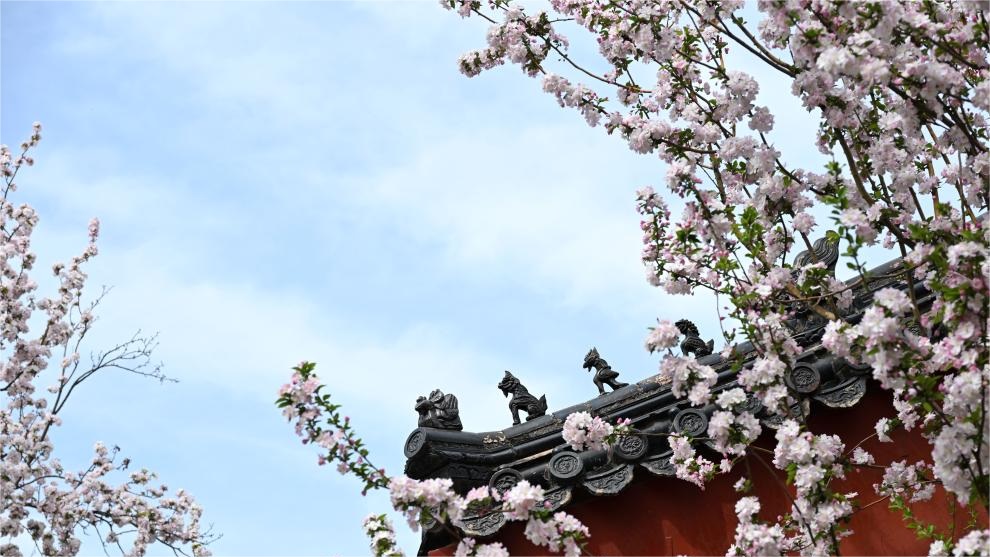Chinese researchers unravel high-yielding mechanism of cultivated tomatoes
FUZHOU, April 8 (Xinhua) -- Chinese researchers have recently discovered the formation mechanism behind self-pollination in cultivated tomatoes, providing valuable insights for increasing tomato yield.
Researchers from the Fujian Agriculture and Forestry University have found that tomatoes can alter the structure of floral organs by regulating the development of trichomes in themselves, thus adopting a self-pollination method to enhance their fruiting rates.
Domesticated tomatoes achieve this anatomically by forming a cone around the male anthers, which ensures that pollen can easily reach the stigma. The anther cone is held together by a dense network of hairs called zipper trichomes.
Researchers identified a set of homeodomain-leucine zipper (HD-ZIP) genes that regulate the formation of these trichomes. Simultaneously, these genes regulate the length of the female style, allowing coordinated development of a self-pollinating reproductive structure.
In agriculture, self-pollination in plants leads to higher fruiting rates and ensures the inheritance of excellent traits, making it one of the key objectives in crop modification for humanity, said Wu Minliang, a researcher of the study.
The research findings was published in the journal Science.
Photos
Related Stories
- Spring sowing in China in positive situation: report
- New tech facilitates spring farming in Zunyi, SW China's Guizhou
- Spring farming in saline-alkali land boosts China's food security
- New-age farmers fuel modern farming development in northeast China
- Thriving agriculture injects vitality into county in Guangxi
Copyright © 2024 People's Daily Online. All Rights Reserved.









